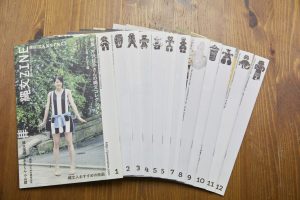Kadota: Our company runs pharmacies all over Japan, but our activities are not limited to sale of drugs and medicines. We also disseminate information conductive to preventive medicine and self-care through health-related events and drug store synergies. As part of these activities, we came up with the idea of creating a magazine that customers can read while waiting for their prescriptions to be filled, and this led to the birth of Health Graphic Magazine. In making it, we wanted to place the focus most heavily on enticing readers to pick up the magazine. Efforts to convey medical information as precisely as possible sometimes may result in being perceived as too difficult or boring. Our concept from the inaugural issue of the magazine was to first draw readers’ attention with an impactful cover, and then convey specialized medical information as graphically as possible in the articles.
CHANGE: Health Graphic Magazine
The World of Free Newspapers
No.001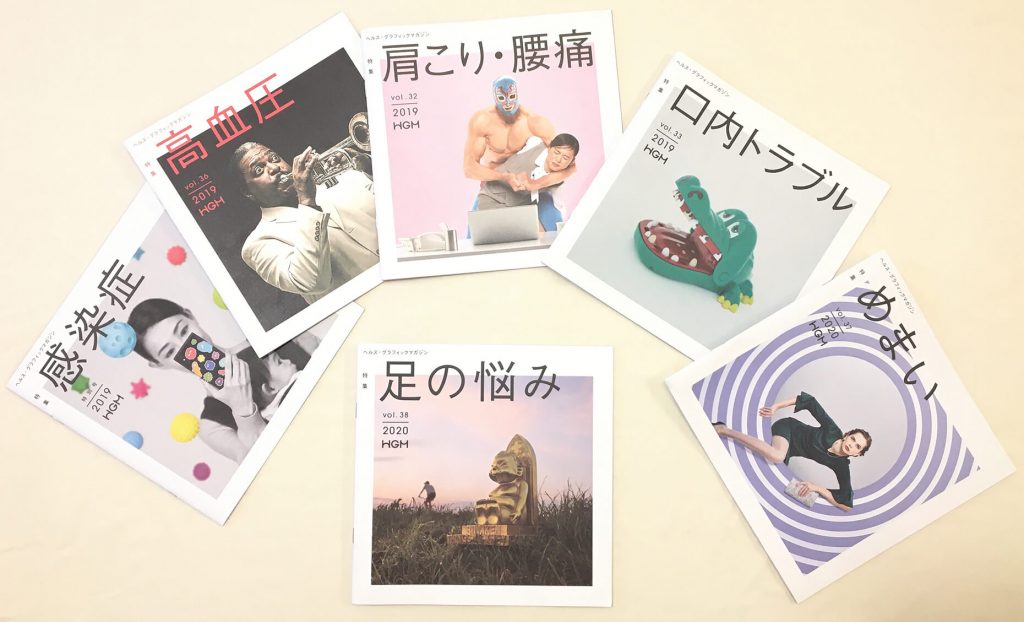
As the Internet has become the primary modern-day source of information, there still exist numerous free handout periodicals that purposely use the medium of paper to disseminate information. This series of articles explores the multifaceted world of free newspapers, and, with “Change” as its theme, the first installment in the series introduces a complimentary periodical that stands up to the challenge of changing the image of the industry. This article puts the spotlight on Health Graphic Magazine, a free magazine that draws attention with its imaginative and playful cover artwork while being devoted to the highly-specialized themes of health and medical care. We spoke with its chief editor Isao Kadota of AISEI PHARMACY Co., Ltd., the company that publishes the magazine.
Conveying specialized knowledge in a graphic manner
The importance of direct and free access to health information
Kadota: I like the covers of all issues of the magazine, but of the ones that I have proposed, the cover for the “Hypertension” issue was quite remarkable. When a person suffers from hypertension, their heart pumps blood at a higher pressure, placing heavy burden on the arteries. As a result, blood vessels lose their elasticity, causing arteriosclerosis (hardening of the arteries) and increasing the risk of cardiac failure or cerebral stroke. The cover conveys the mechanism of hypertension by depicting the heart as a person who forcefully plays a trumpet, and the blood vessels as the trumpet. The impact of the artwork is important, but we also make sure that it does not contradict the medical facts.
Memorable comments from readers
Kadota: Many readers praise the magazine in terms of design. We also receive positive feedback from people who find the health information we provide useful. Personally, I am very happy when readers in their 70s and 80s say that the magazine has been a great reference for them, or that it has been easy to understand. Free newspapers have the image of a media catering predominantly to young people, but apparently our magazine is received very positively even among the elderly, and I find this gratifying and encouraging.
The appeal of free newspapers
Kadota: The reason we stick to paper rather than digital media is that our target communication market spans a wide range of age groups. For us, it is important to make sure that everyone can access relevant health information, directly and free of charge. This is where I see the appeal of free newspapers.
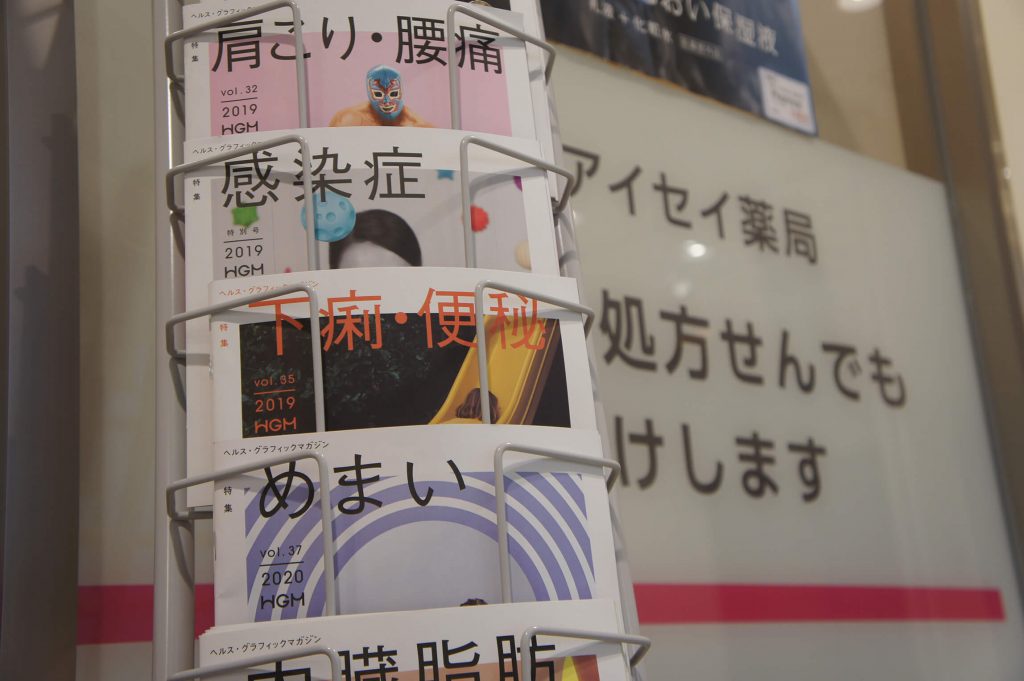
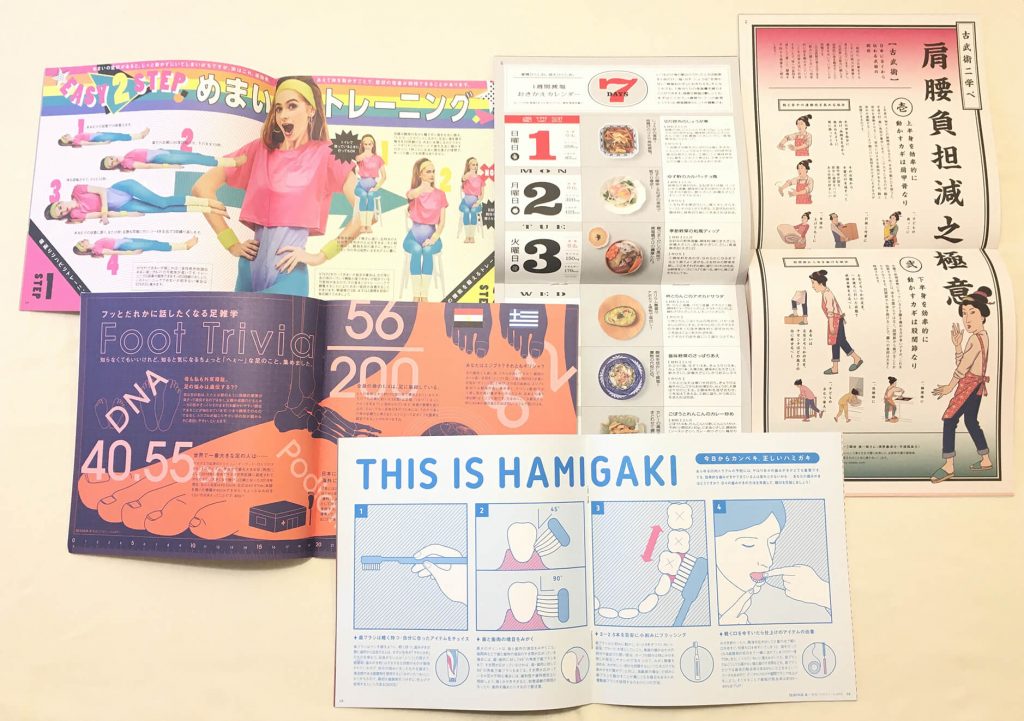
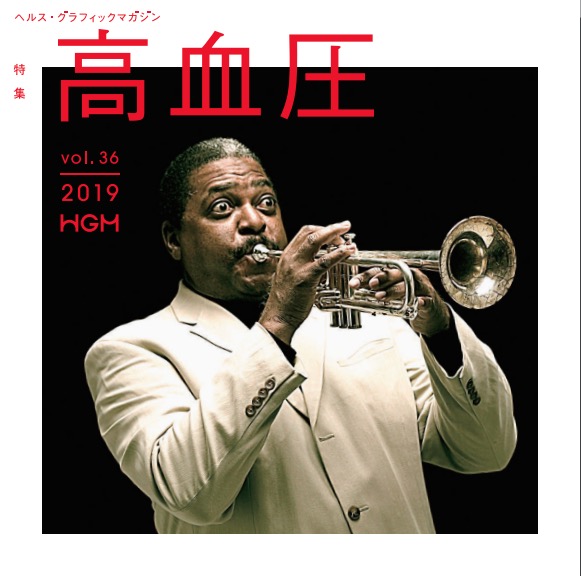
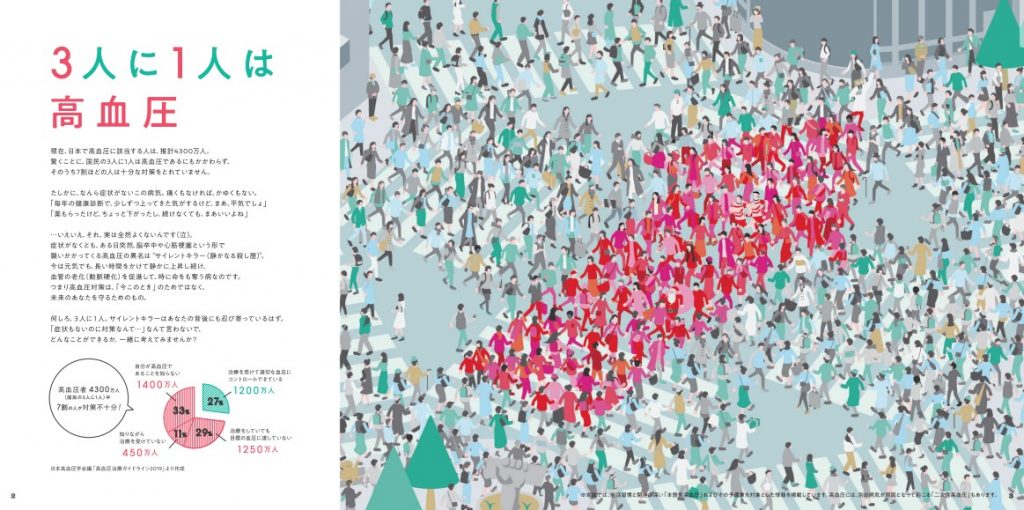
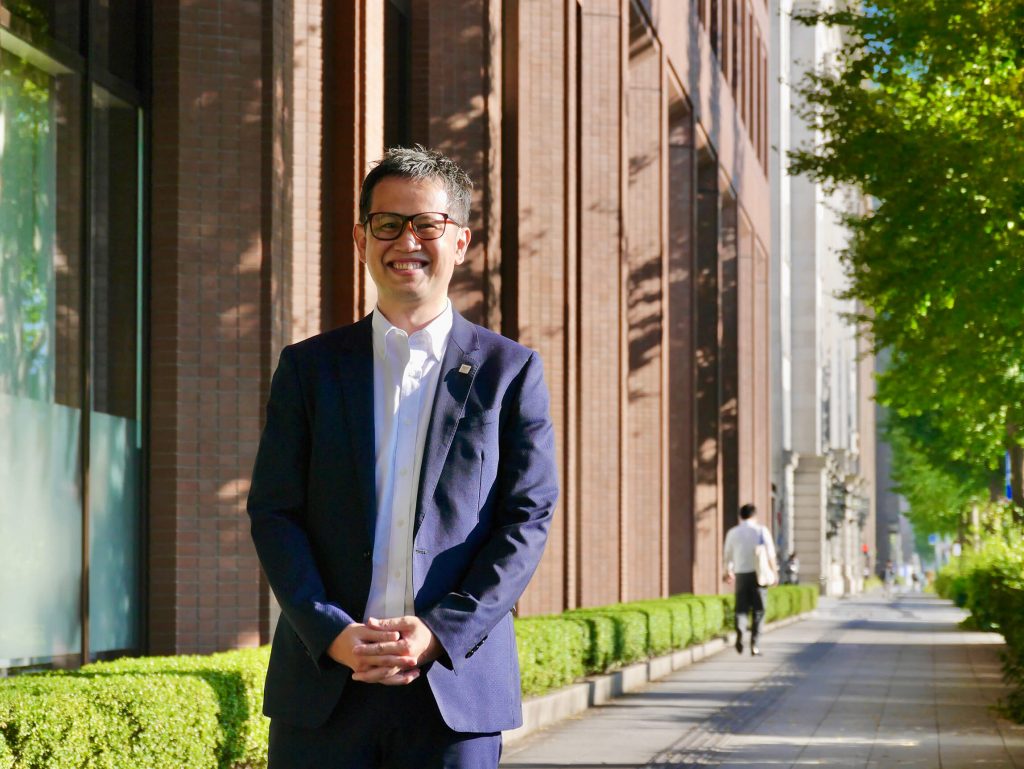
Health Graphic Magazine
Published by AISEI PHARMACY Co., Ltd.
・First published: September 2010
・Issued four times a year
・Number of pages: 22
・Format: 200×200mm
・Circulation: 150,000 copies
・URL:https://www.aisei.co.jp/magazine/
ONLY FREE PAPER TOKYO
A “store” that stocks hundreds of complimentary periodicals from all over the country, including freely distributed zines, little press, and indie magazines.
Address: Space Utility TOKYO, 3-5-3 Nakameguro, Meguro, Tokyo
Tel: 03-3792-2121
Open: 1 p.m. – 8 p.m. / Closed on Sunday, Monday, Tuesday (Open on Sunday for events)
http://onlyfreepaper.com/
Supervised by: Kensuke Matsue (Only Free Paper)
Japanese original text: Emi Sato



